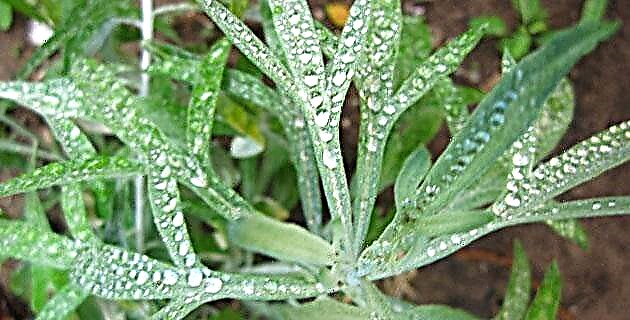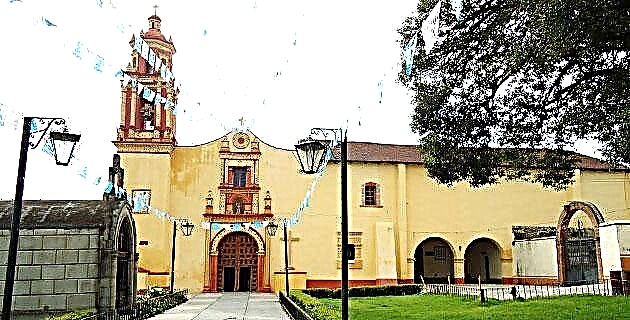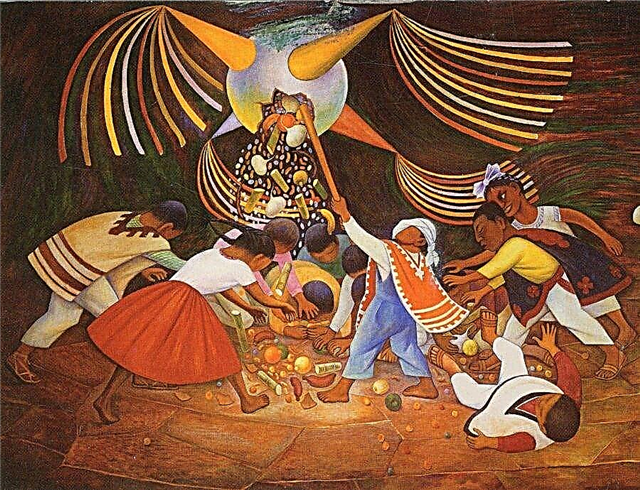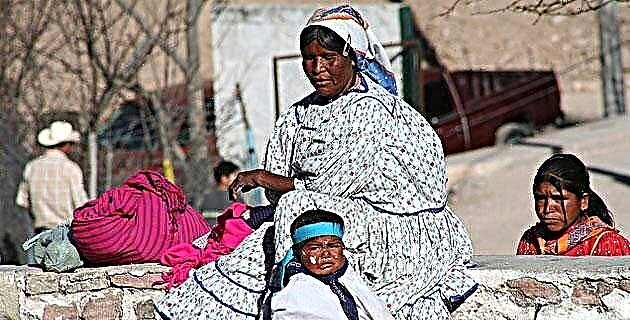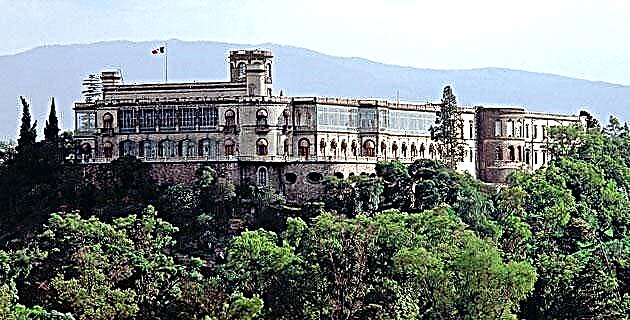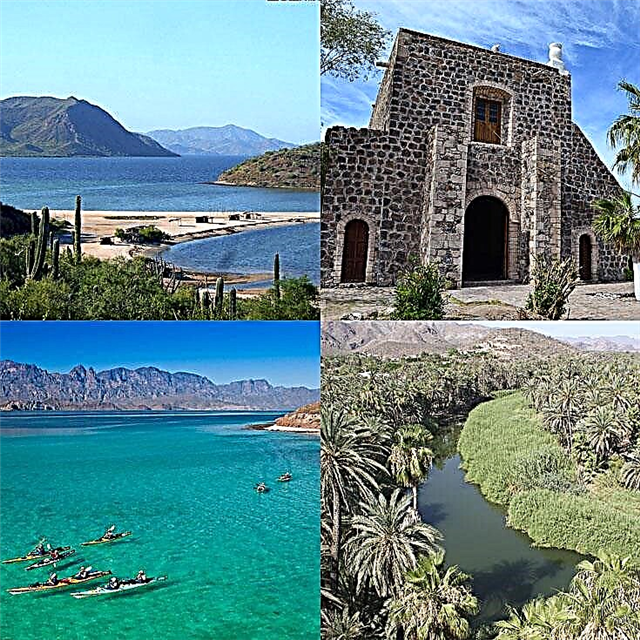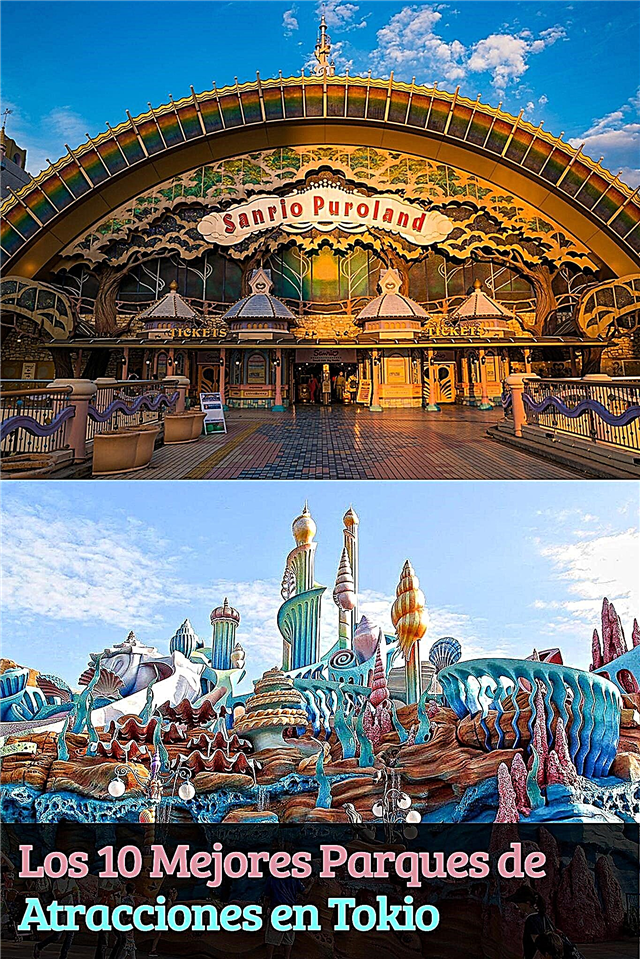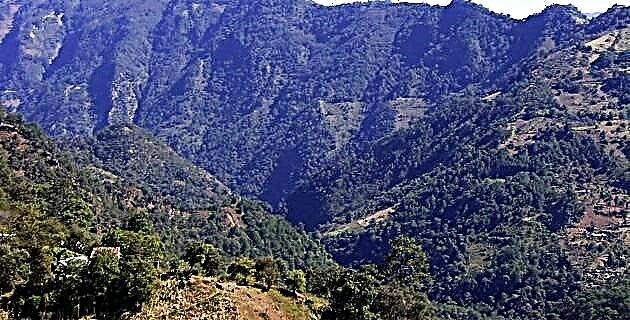
Climbing the Sierra Norte de Puebla is a truly unforgettable experience. The road ascends by a road of many curves, through mountains and gorges, while the forests alternate with valleys and sloping slopes, covered with fruit trees, coffee plantations, corn fields and many other crops of this wonderful region.
The cattle are grouped in pastures or walk through the mountains, always in the care of the shepherd. Here and there you can see small villages with their tile roofs, chimneys and patios full of flowers, especially dahlias (the national flower) of all colors.
In the distance, like a sea, you can see the undulations of the mountains that meet the blue of the sky. Suddenly the clouds cover certain areas with a gray haze, filling them with mystery. The rains here are torrential and the humidity index is very high.
The road takes us to Zacapoaxtla, an important town nestled in the mountains; At the entrance there is a vital waterfall that leads to a ravine barely visible from the top. The men came down from there to support the Mexican army that defeated the French invaders on May 5, 1862.
Continuing up the road, the pearl of the mountains suddenly appears: Cuetzalan. Cuetzalan is so high that it seems that what follows is the sky. Its winding stone streets, covered with moss, rise and fall. The houses, many stately, others small, have that capricious and irregular mountain architecture with sloping ceilings, thick walls painted by humidity, curious windows, or balconies with ironwork and thick wooden gates with knockers. Everything is aesthetic and dignified, it is not contaminated with pretensions or modernism.
In a large esplanade is the main square, surrounded by portals, and to whose access you go down steep streets or stairs that help to descend the decline. In the background, as a finish, against the azure blue, is an old and majestic church with its graceful tower. There, Sunday to Sunday, the tianguis is celebrated, which is the meeting point of many people.
In this immense mountain range there is a great variety of ethnic groups, which are distinguished from each other by their features, their language or their clothing. The market is attended by men and women from all corners of the mountains, filling the place with fruits, vegetables, baskets, textiles, pottery, coffee, pepper, coastal vanilla, sweets and flowers. Dances are performed in the atrium; the most impressive are those of the Totonacs, who dance the "Quetzales" with their large colored plumes. There are also other dances, such as those of the Negritos, the Catrines, and the Clowns, with beautiful masks with pointed noses, tocotines and many more. The Huastecos coexist, with their violin music, their falsetto verses and their joyous dances; Zacapoaxtlas, Totonacas, Otomíes, Nahuas, Mexicaneros and Mestizos.
All are born, live and die with their own customs and rituals, with their healers, gastronomy, costumes, language, music and dances, and they do not mix in marriage with the others.
Cuetzalan women look like queens, they wear a skirt or "entanglement" of thick black wool, tied at the waist by a woven girdle, with colored fretwork at the ends, or some made with a mat. They wear a blouse and on top of it a quexquémetl (pre-Hispanic cape that has one peak in front and one behind), finely woven with white thread. What makes them appear so majestic is the tlacoyal, a headdress of thick woolen threads wrapped around the head like a large turban. They are bejeweled with earrings, many necklaces and bracelets.
In this privileged region there is a lot of timber, agricultural, livestock, commercial wealth, etc., which is in very few hands, those of the mestizos. The indigenous people, formerly the owners and lords of the mountains, are peasants, day laborers, artisans, who survive with dignity and maintain their identity inviolate.
Nobody should miss this magical Sierra Norte de Puebla, to see the pure and fantastic spectacle of its parties, and stay a few days in Cuetzalan, close to heaven.
Xicolapa
What is most striking when arriving at this typical mountain town are its red and ancient roofs. In the shops, where a little of everything is sold, it seems that time has stopped; On its counter and shelves are endless products including groceries, seeds, spirits and medicines. Some of them have been operating since the beginning of the century and are cared for by descendants of the first owners. The first fruit wines of the region were made in Xicolapa, and so we can taste blackberry, quince, apple, tejocote and others in small glasses. There it seems that time does not pass, because Xicolapa is a town with magic.
Xicolapa is located leaving the city of Puebla, by highway no. 119 heading north, towards Zacatlán.
Cuetzalan dresses in colors
Every Sunday in Cuetzalan, in front of its church, an open-air market is set up. Because of the products that are offered, and because barter and exchange are still practiced there, this market is considered one of the most genuine and in which the richest of the cultural tradition of ancient Mexico is preserved.
In October are the town's patron saint festivities. For a week, the first seven days, San Francisco is celebrated with colorful events.
Cuetzalan is reached by federal highway no. 129, leaving the city of Puebla, 182 km. this.
Chignahuapan
This beautiful mountain town has a small church painted in bright colors and is adorned with friendly brown and cross-eyed angels. In the Plaza de la Constitución you can admire a Mudejar style kiosk, unique in the country, which serves to shelter a colonial fountain. Its temple has beautiful stained glass windows alluding to the Virgin Mary, to whom it is dedicated. The twelve-meter high wooden sculpture of the Virgin is impressive, surrounded by angels and demons.
Chignahuapan is located 110 km from the city of Puebla, following highway no. 119.
Source: Aeroméxico Tips No. 13 Puebla / Fall 1999

